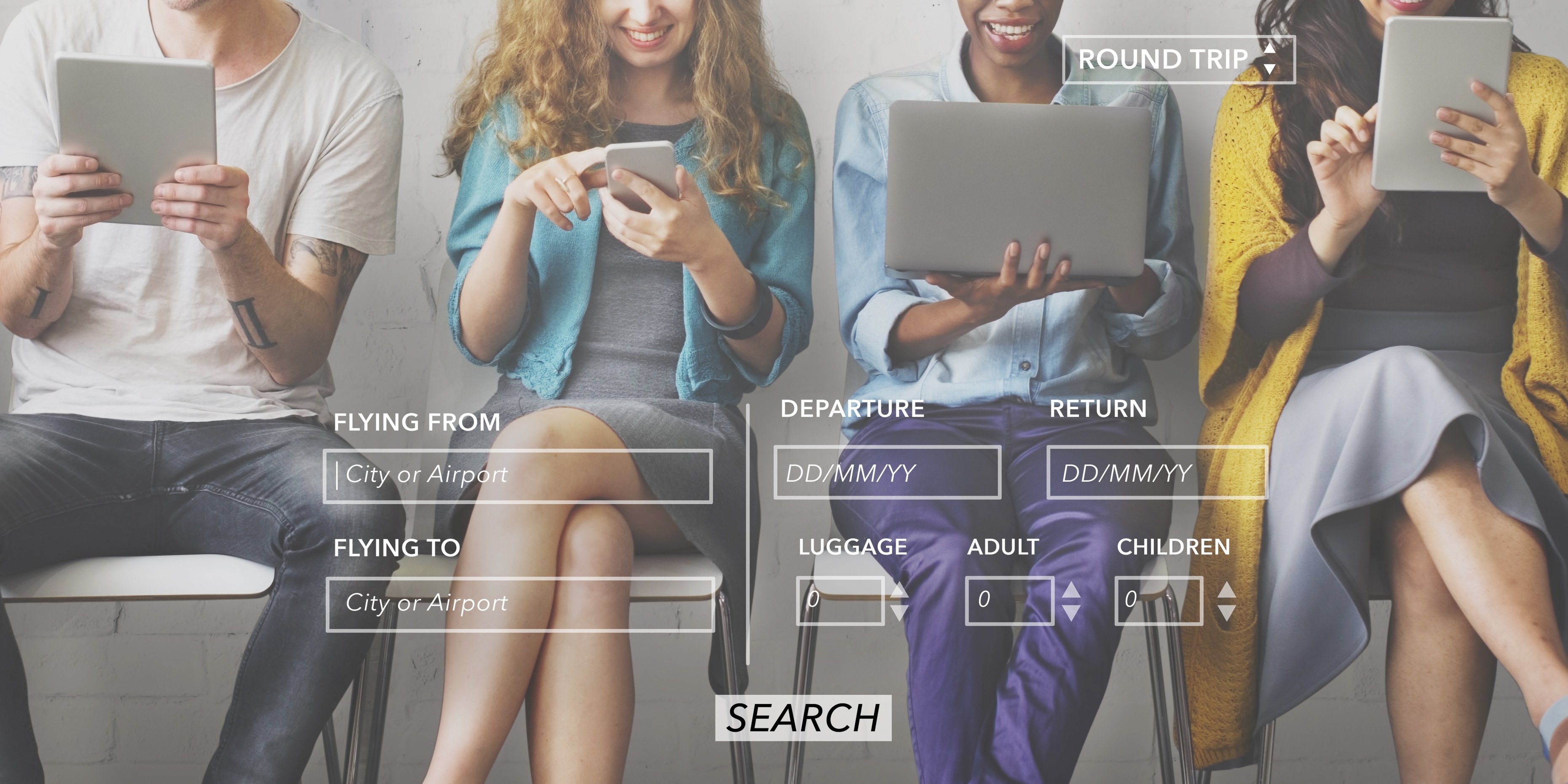Digital is obviously a key channel for travel in the UK, with online travel agencies (OTAs) such as Booking.com and Expedia a go-to resource for holidaymakers, and TripAdvisor the place for travel reviews. But real-world visibility counts for something too – brands such as Thomas Cook, with a strong physical presence on the High Street, perhaps have an advantage in being able to trigger real-world conversation, and of course couple that with a strong digital offering. Meanwhile, the 'Trivago girl's 15 minutes of fame owes everything to canny and heavy use of a 150-year-old advertising medium, the Tube poster.
In an interesting twist, when it comes to consumer conversations, the pure-play digital travel websites are in many ways better at driving offline conversations about their brands than many traditional or click & brick brands. Even though many consumers are booking their holidays online, they’re talking about their travel plans – including conversations about leading sites like Expedia and TripAdvisor – in face-to-face conversations.
In terms of pure volume of conversation, Thomas Cook takes the prize as the most talked-about travel brand in the UK, thanks to huge offline or word of mouth conversation volumes. But the major OTAs all get plenty of offline buzz too – 2-4 million impressions per week is the typical level, well above the amount of online buzz about these brands. With sentiment towards the OTAs generally more positive and strong engagement with offline influencers, the OTAs do have the better all-round social profiles. Offline media such as TV, print and outdoor all help to trigger real-world conversation, but there is also significant offline amplification of digital content.
Why does offline conversation play such a big part in the success of OTAs? As our CEO, Ed Keller, writes in a new op-ed for MediaPost, one reason is because individuals move fluidly between their online and offline lives. Many consumers search online and then talk offline with friends and family about their travel plans.
“It’s also consistent with what Engagement Labs sees across many categories—that the growth of social media doesn’t come at the expense of real world conversations,” Ed writes. “If today’s digital-first brands, such as online travel agents, must pay close attention to consumer conversations occurring offline as well as online, then that speaks volumes about its importance for all brands.”
What does this mean for brands in this sector? All the key providers understand the importance of real-world visibility to help maintain ‘mental availability’. For brands such as Trivago, compensating for the absence of retail presence with outdoor campaigns is a smart move. The High Street providers need to inspire shoppers more to generate a more positive dialogue – arguably the retail experience is not generating a strong buzz.
To learn more about how the OTAs perform in the US on TotalSocial® – including which ones are leading the category – read Ed’s full op-ed on MediaPost. And contact us directly to get the lowdown on social performance for UK travel brands.
To read more about UK brands who have killer social influence, check out our "Lessons From the Leaders of Social Influence," UK Edition.






